Salar de Uyuni in Bolivia: 10 things to know
Published on December 17, 2024
With its breathtaking landscapes, the Salar de Uyuni in Bolivia, the largest salt desert in the world, is a must-see stop on a trip to South America. Endless stretches of salt, bordered by volcanoes and sprinkled with saltwater lakes whose orange color resembles a setting sun, and starry nights far from the lights of our civilization... Before leaving for Bolivia, to discover the Salar de Uyuni, discover 10 essential things to know about this mythical place.
#1 The largest salt desert in the world
The Salar de Uyuni, the largest salt flat in the world, is located in the southwest of Bolivia, equidistant between the Chilean and Argentine borders, in the heart of the Andes mountain range. Located at 3650 meters above sea level, it covers about 10,500 km² and measures more precisely 150 km by 100. A true salt desert, the site alternates layers of salt and clay about 40 cm thick. Its origin dates back to prehistory, about 14,000 years ago, when Lake Tauca was located here, which, evaporating over time, gave birth to the Uyuni and Copaisa salt flats as well as the two lakes Poopo and Uru Uru.
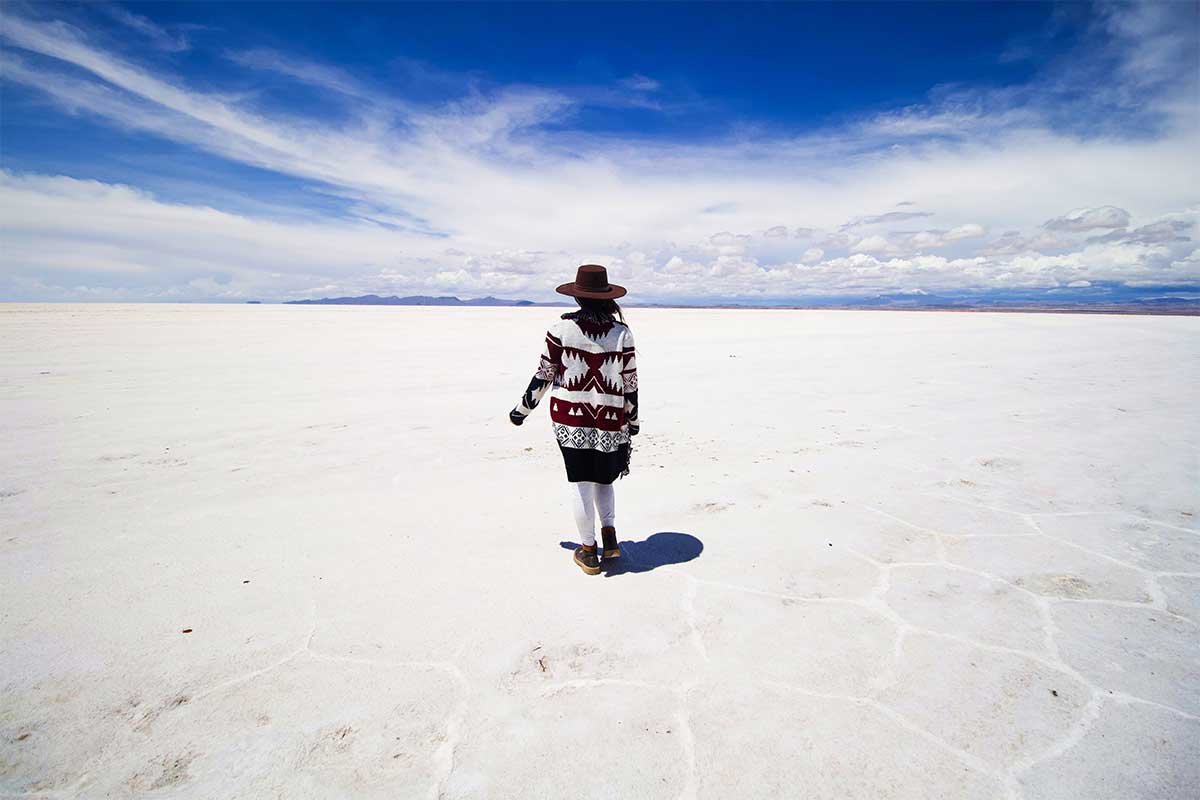
#2 The largest lithium reserve in the world
The Salar de Uyuni, due to its size, has the largest lithium reserve in the world. Lithium is used as the main component for batteries and electric batteries, making it a highly exploitable resource for the country. The Bolivian government is well aware of its wealth, which does not leave some multinationals indifferent...
#3 When to visit the Salar de Uyuni in Bolivia
Due to its location in the heart of the Andes and its altitude of 3650 m, the Salar de Uyuni is a rather windy site, quite sunny, but visiting the site varies completely depending on the seasons. During the rainy season, from December to March, the completely flat ground can quickly be covered with about twenty centimeters of water, making some islets inaccessible but giving a totally unreal vision of the place, the reflection of the water on the Salar making the horizon line disappear. During the dry season, from April to December, the days are sunny and the nights clear, ideal for observing a splendid starry sky.
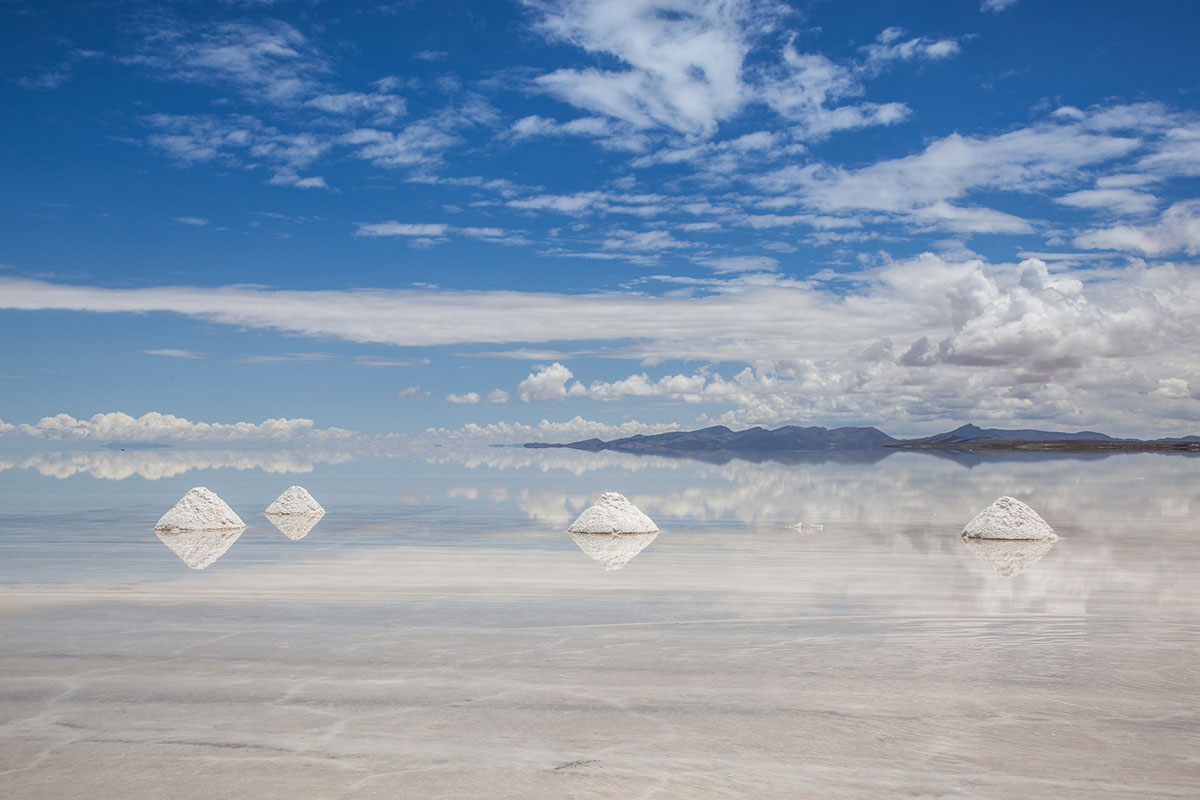
#4 The fauna and flora of the Salar de Uyuni
While traveling through South Lipez, you enter the Eduardo Avaroa Andean Fauna National Reserve where you will have the chance to observe no less than 3 species of pink flamingos (including James's flamingos, with yellow beaks), foxes, viscachas (small rodents resembling rabbits) and especially llamas, so characteristic of South America. In terms of vegetation, the islets are covered with sometimes millennia-old cacti that can reach ten meters high.
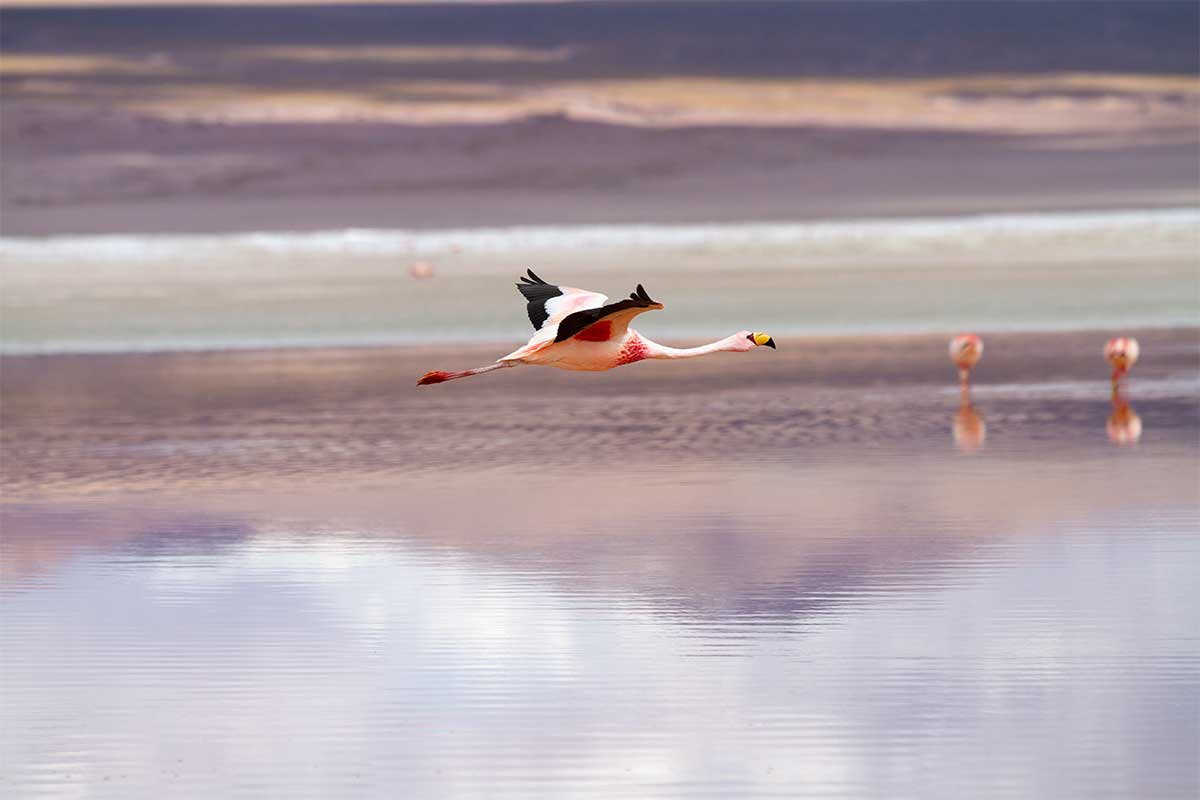
(c) Elizabeth Gottwald – Unsplash
#5 Guided tour of the Salar
Upon your arrival at the site, you will need to choose a local agency to tour the salar, which can last from 1 to 4 days depending on your wishes. You will leave by 4x4 from the towns of Uyuni or Tupiza, further south, to explore the province of South Lipez and discover the Salar.
- Make sure to get information about the details of the service, especially in terms of accommodation. Depending on the period, temperatures can reach as low as -20°, so be prepared to avoid spoiling your visit.
- Ask all the necessary questions for the smooth running of the trip: about the driver, the number of people, the food, and make sure you have the necessary amount of water.
- Allocate a reasonable sum for your excursion, you will only be more delighted and your memories will be much more memorable.
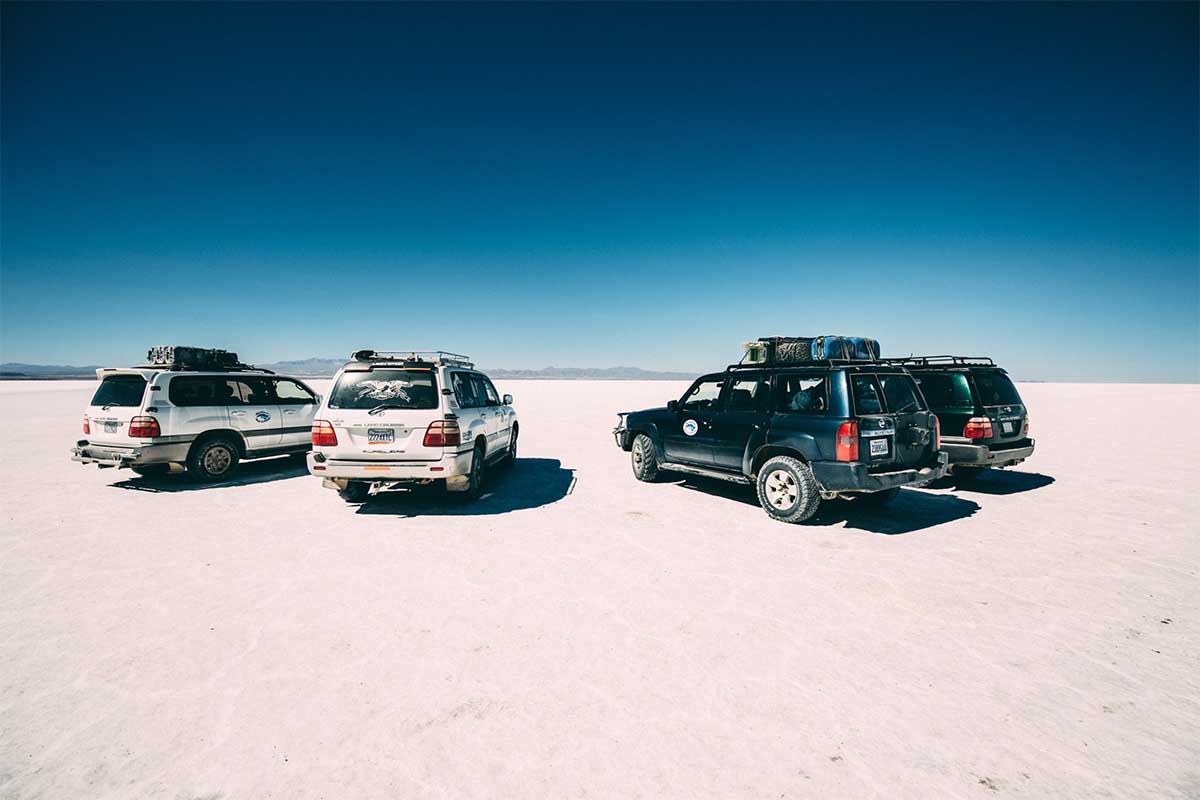
#6 Lagoons of all colors and the geysers of South Lipez
One of the must-sees of the site, without hesitation, remains the Laguna Colorada (4278 m altitude), in the south of Bolivia. The view is simply breathtaking. This red salt lake, due to the pigments of certain algae, takes on incredible colors! It's breathtaking, especially since it's the favorite ground of pink flamingos, by the hundreds... Laguna Blanca and Laguna Verde, at the foot of the volcanoes Juriques and Licancabur on the border with Chile. You will also take the “jewel route” which borders the Honda lagoons, laguna Honda or even Laguna Hedionda, all more beautiful than the others. Another curiosity of nature: the geysers of South Lipez, which will allow you to enjoy a swim in the hot springs nearby. Change of scenery and friendliness guaranteed!
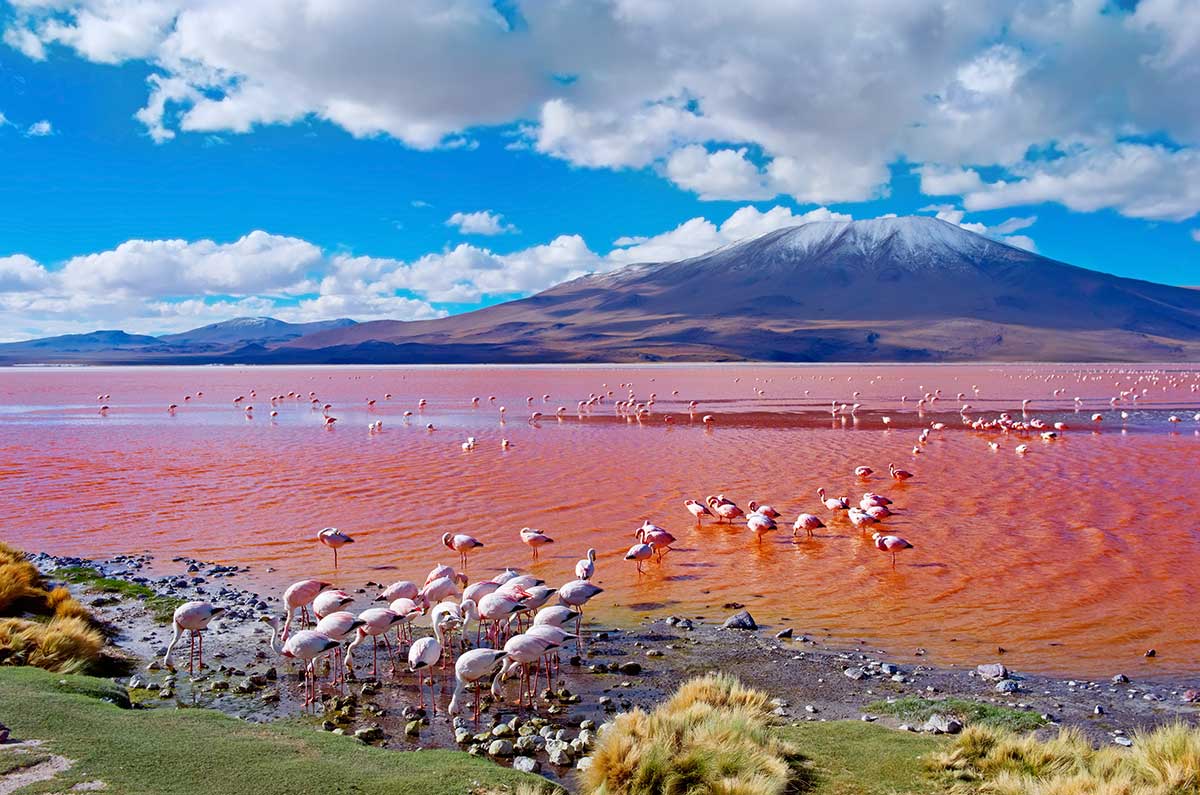
#7 Colchani, the salt village
Even if the tiny village is not very interesting, the local population can only inspire respect. It seems lost in this desert area, very sparsely populated, the inhabitants live from salt exploitation in difficult conditions and for a meager salary. The salt hotels where you will probably stop are made from bricks made in the village: from floor to ceiling, everything is made from salt, including the furniture!
#8 Train cemetery
Time seems to have stood still in the Uyuni train cemetery. Locomotive carcasses pile up in this surprising place... Dating from the beginning of the 20th century, these trains were abandoned following the failure of a vast railway transport project with neighboring countries. The frequent and especially salty winds quickly got the better of the vehicles, which now look like carcasses prey to corrosion. Worth seeing!
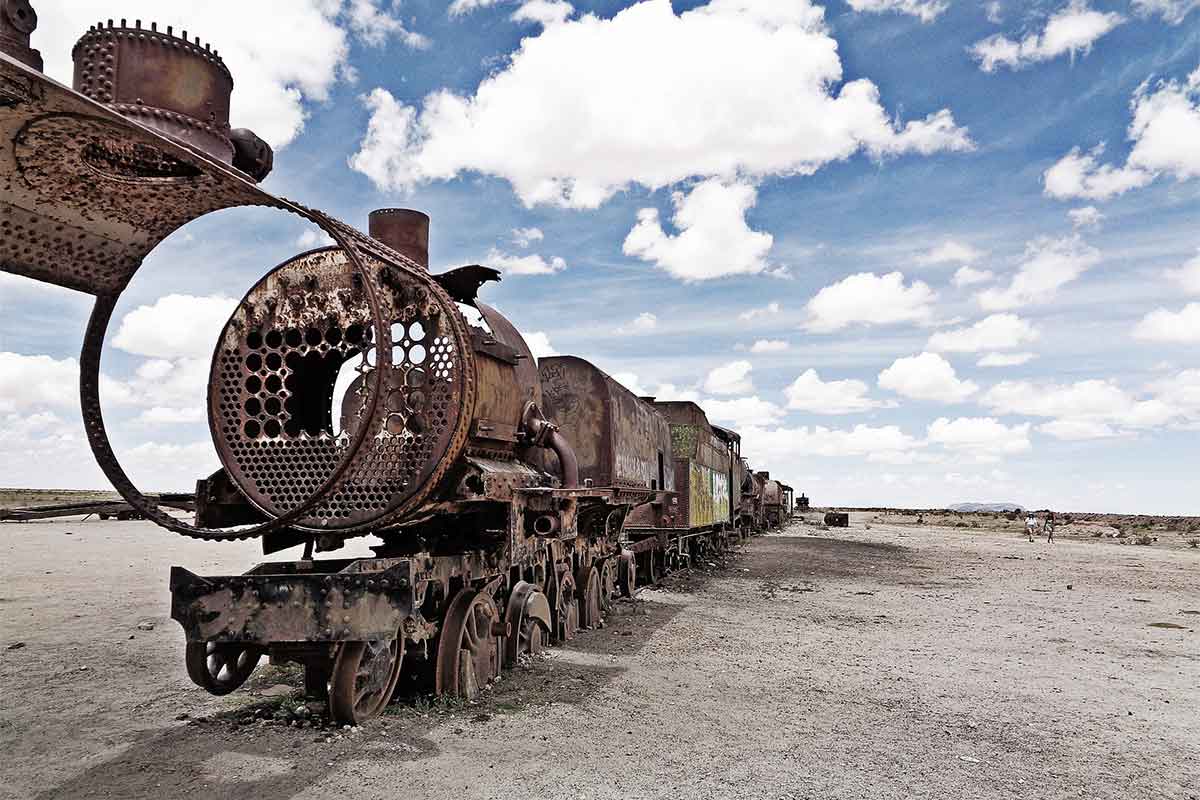
#9 The legend of the Salar
The origin of the Salar comes from the drying up of Lake Tauca, dating from prehistory, which is said to have formed this vast salt desert. This thesis may seem too down to earth, so locals sometimes share their theory, much more poetic. Indeed, the legend says that the desert, bordered by many volcanoes, counts among them Tunupa, considered the only... female volcano! At the birth of her little volcano, all those around insisted and protested to claim paternity. The Gods, offended by this rivalry, decided to immobilize all these volcanoes. Tunupa's grief was then so immense that the salt from her tears flooded the surroundings and formed the current salt desert. A beautiful story!
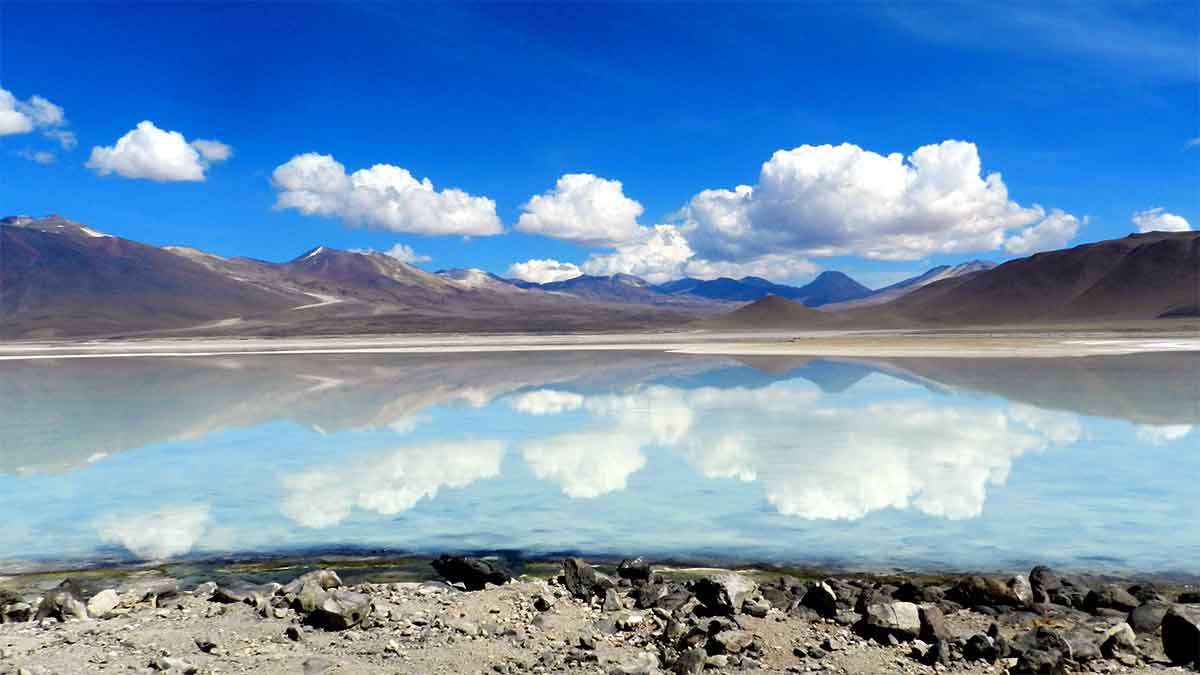
#10 What to bring on an excursion to the Salar de Uyuni
Make sure you have good equipment before venturing into the Salar.
- Warm clothes are obviously a must: gloves, socks, thick sweaters, tights and a good jacket, as light and warm as possible.
- Not to forget: high protection sunscreen and good quality sunglasses. The brightness and mirror effect can be very harmful to the eyes, you wouldn't enjoy the show.
- A 5-liter water can will be necessary to have drinking water during the few days of the tour.
- Finally, it seems essential to bring a good camera. You won't regret your investment.
Finally, don't hesitate to ask a local agency in Bolivia to organize a trip of a few days for your next trip to Bolivia. Because this place is truly magical and unusual, a true heritage of our planet. And above all, don't forget to respect the place, and as the Bolivians would say, Pachamama, our Mother Earth!
(c) streetflash – shutterstock.com
A website by
Customize your trips with Quotatrip and receive tailor-made offers directly in your inbox.
Discover a country